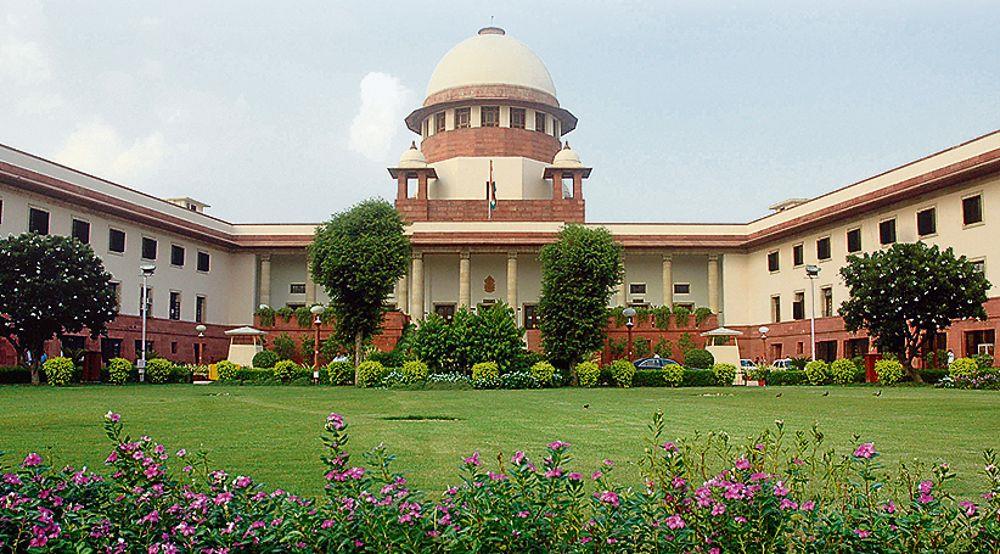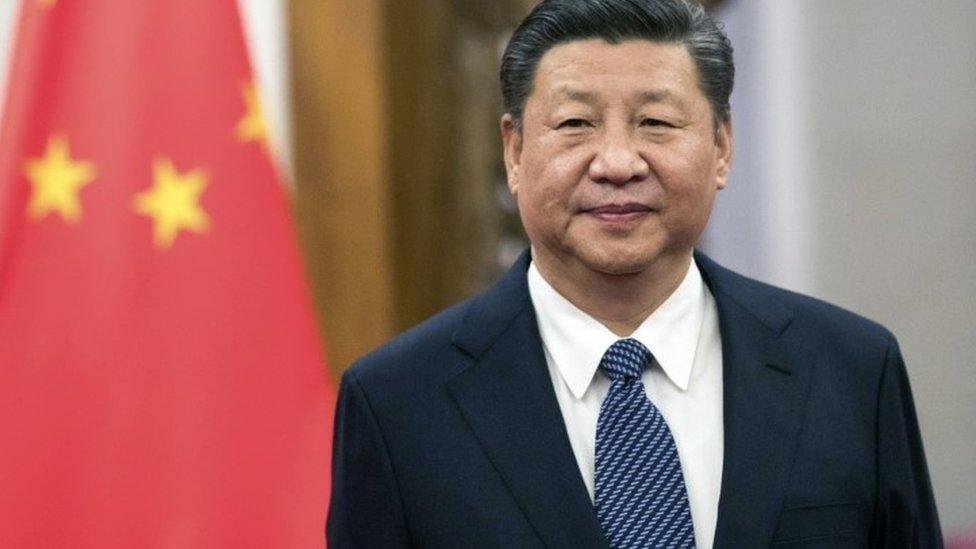- Courses
- GS Full Course 1 Year
- GS Full Course 2 Year
- GS Full Course 3 Year
- GS Full Course Till Selection
- Answer Alpha: Mains 2025 Mentorship
- MEP (Mains Enrichment Programme) Data, Facts
- Essay Target – 150+ Marks
- Online Program
- GS Recorded Course
- Polity
- Geography
- Economy
- Ancient, Medieval and Art & Culture AMAC
- Modern India, Post Independence & World History
- Environment
- Governance
- Science & Technology
- International Relations and Internal Security
- Disaster Management
- Ethics
- NCERT Current Affairs
- Indian Society and Social Issue
- NCERT- Science and Technology
- NCERT - Geography
- NCERT - Ancient History
- NCERT- World History
- NCERT Modern History
- CSAT
- 5 LAYERED ARJUNA Mentorship
- Public Administration Optional
- ABOUT US
- OUR TOPPERS
- TEST SERIES
- FREE STUDY MATERIAL
- VIDEOS
- CONTACT US
SC rejected petition to bar candidates from contesting from more than one constituency
SC rejected petition to bar candidates from contesting from more than one constituency

Why in News?
Recently, the Supreme Court (SC) has rejected a petition to bar candidates from contesting from more than one constituency in the general elections to the Lok Sabha or State assembly elections, calling it a matter of “parliamentary sovereignty” and “political democracy”.
Details of the Ruling of SC:
1. SC said that, there is no relevant provision in the Representation of People Act (RPA), 1951 that allows an intervention by the court in this matter and this matter falls “squarely within the legislative domain” and “realm of policy”.
2. It also highlighted that parliament did an amendment to the RPA, 1951 in 1996 to restrict the number of constituencies to 2 whereas earlier, a candidate can contest from any number of seats.
So, What are the Provisions Related to Contesting Election from Two Constituencies?
1. Section 33(7) of the RPA (Representation of the People Act), 1951 allows a candidate to contest from a maximum of two constituencies.
2. Since 1951, many politicians have used this factor to contest from more than one seat – sometimes to divide the opponent’s vote, sometimes to profess their party’s power across the country, sometimes to cause a ripple effect in the region surrounding the constituencies in favour of the candidate’s party and so on.
About the Issues Arise from Twin Candidature?
1. Campaigning and contesting from multiple constituencies can be a waste of resources and money, both for the candidate and the government as after winning from both the seats, a candidate has to vacate one of the Constituencies, and a by-election is immediately triggered, which again increases the burden on Public Exchequer.
2. Contesting from two constituencies can create conflict of interest, as the candidate may not be able to devote equal time and attention to both the constituencies.
3. Section 33(7) of the RPA leads to a situation where it is negated by another section of the same Act – specifically, Section 70. While 33(7) allow a candidate to contest from two seats, Section 70 bars a candidate from representing two constituencies in the Lok Sabha/state assembly.
4. Voters in different constituencies may get confused about which candidate is representing them, or which candidate they should vote for.
5. It further causes voter fatigue (travelling, travel costs, time etc.) and leads to decrease in public trust.
Conclusion and Way Forward
1. Dinesh Goswami Committee (1990) was the first committee which has raised this issue of contesting from more than one seat and 170th report of the Law Commission on Electoral Reforms (1999) has also included recommendation for restricting person to one seat.
2. Recently, the Election Commission has also recommended to amend Section 33(7), so as to allow one candidate to contest from only one seat.
2. A system can be devised wherein, if a candidate contested from two constituencies and won both, then he or she should bear the financial burden of conducting the subsequent by-election in one of the constituencies.
3. One person, one vote is the dictum that has been a founding principle of Indian democracy. Perhaps, it is the time to modify and expand that principle to “One person, One vote; One candidate and One constituency”.
Additional Information
About Election Commission of India (ECI)
1. ECI is an independent constitutional body which is responsible for administering union and state election processes in India.
2. The body administers elections to the Lok Sabha, Rajya Sabha, State Legislative Assemblies and the office of the President and Vice President of India.
What are the constitutional provisions related to ECI?
1. Part XV of the Indian constitution deals with elections and establishes a commission for these matters.
2. The ECI was established in accordance with the constitution on 25th January 1950.
3. Article 324 to 329 of the constitution deals with the powers, function, tenure, eligibility etc of the commission and its members.
|
Articles related to Elections |
|
|
324 |
Superintendence, direction and control of elections to be vested in an Election Commission. |
|
325 |
No person to be ineligible for inclusion in, or to claim to be included in a special, electoral roll on grounds of religion, race, caste or sex. |
|
326 |
Elections to the House of the People (Lok Sabha) and to the Legislative Assemblies of States to be on the basis of adult suffrage. |
|
327 |
Power of Parliament to make provision with respect to elections to Legislatures. |
|
328 |
Power of Legislature of a State to make provision with respect to elections to such Legislature. |
|
329 |
Bar to interference by courts in electoral matters. |
What is the Structure of ECI?
1. Originally, the ECI had only one election commissioner but after the Election Commissioner Amendment Act 1989, it has been made a multi-member body.
2. Now, the ECI consists of 1 Chief Election Commissioner (CEC) and 2 Election Commissioners (ECs).
3. The secretariat of the ECI is located in New Delhi.
4. At the state level, ECI is helped by a Chief Electoral Officer (CEO).
5. The President appoints Chief Election Commissioner and the Election Commissioners.
5. They have a fixed tenure of 6 years, or up to the age of 65 years, whichever is earlier.
6. They enjoy the same status and receive salary and perks as available to the judges of the Supreme Court of India.
What are the Key Functions of ECI?
1. Biggest function of ECI is to provide superintendence, direction and control to the entire process of elections to the parliament and legislatures of all the states and to the office of President and Vice-President of India.
2. It also decide the election schedules for the conduct of periodic and timely elections, whether general or bye-elections.
3. It prepares electoral roll (list of voters) and issues Voter ID card too.
4. It decides on the location of polling stations, location of counting centres, arrangements to be made in and around polling stations and counting votes and declaring results.
5. It grants recognition to political parties & allot election symbols to them.
6. The commission also provide advice in the matter of post-election disqualifications of sitting members of parliament and state legislatures.
7. It issues the ‘Model Code of Conduct’ (general guidelines for candidates and political parties) in elections for political parties and candidates, so that no one should indulge in unfair practices or there is no abuse of powers by those in power.
8. It set limits on campaign expenditure per candidate for all the political parties and also monitors the same.



